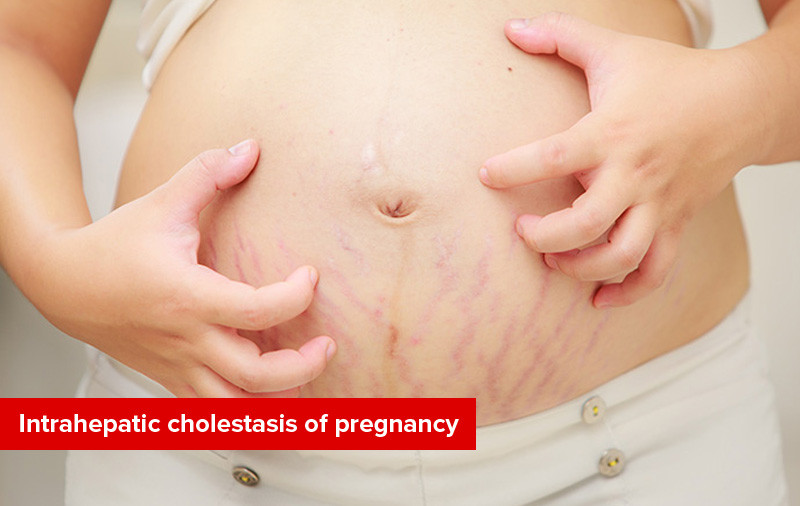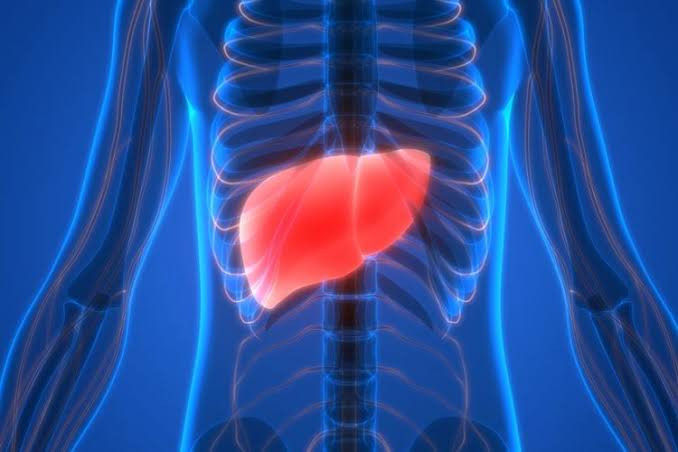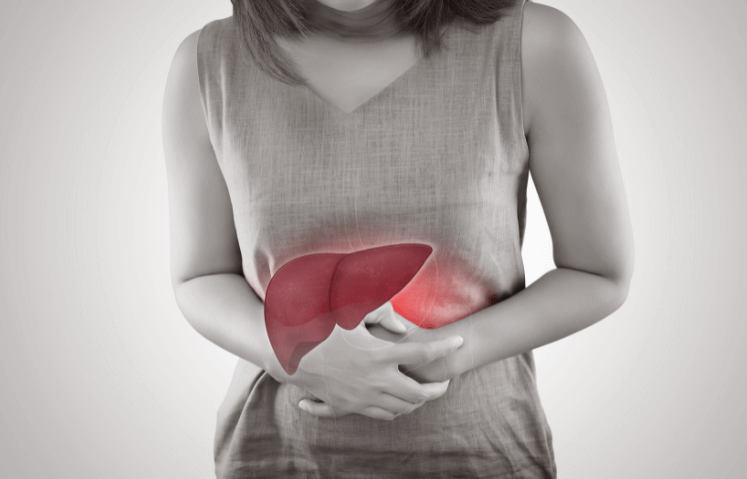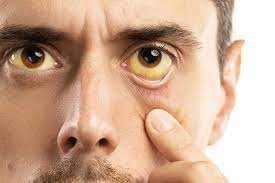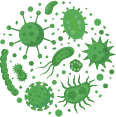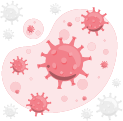Definition
Intrahepatic cholestasis of pregnancy is a liver condition that occurs in pregnant women. Cholestasis refers to a disruption in the bile secretion produced by the liver. This condition can lead to the accumulation of bile in the liver, affecting its function. Because this condition occurs within the liver, it is termed intrahepatic cholestasis.
Intrahepatic cholestasis of pregnancy typically occurs during the second trimester or around the beginning of the third trimester. The flow of accumulated bile usually returns to normal after childbirth, and the symptoms experienced by the mother typically resolve. However, symptoms may recur in subsequent pregnancies.
The incidence of new cases of intrahepatic cholestasis of pregnancy is reported to be between 0.2% and 2% of pregnancies, with higher prevalence in South America and North Europe. In the United States, the incidence is approximately 0.2-0.3% of all pregnancies.
Causes
The exact cause of intrahepatic cholestasis of pregnancy is currently unknown. It is believed to be a result of a combination of factors, including genetic, hormonal, and environmental factors.
The incidence of intrahepatic cholestasis of pregnancy is thought to be linked to pregnancy hormones. During pregnancy, estrogen levels increase, peaking towards the end of the second trimester. In women genetically predisposed to intrahepatic cholestasis, the elevated estrogen levels may slow down the flow of bile from the liver to the gallbladder. Disruption in this flow can lead to the accumulation of bile in the liver. Some of this bile may enter the bloodstream, causing symptoms such as changes in urine color, yellowing of the skin, and itching.
Environmental factors are also considered to play a role in intrahepatic cholestasis of pregnancy. The condition is more common in women with low selenium mineral and vitamin D levels.
Risk Factor
Doctors will assess whether you have risk factors that may contribute to intrahepatic cholestasis of pregnancy. Some of the identified risk factors include:
- Family history of intrahepatic cholestasis in pregnancy or history of intrahepatic cholestasis in a previous pregnancy
- History of liver failure
- Chronic hepatitis C infection
- History of in vitro fertilization
- History of multiple pregnancy
- Living in a region with cold winters
- Low levels of selenium and vitamin D
Symptoms
Pregnancy complaints usually begin in the third trimester, though they can start earlier. Severe itching is the most irritating quality of life symptom in pregnant women with intrahepatic cholestasis. Itching may occur without the presence of skin spots. The itching that is felt usually begins on the palms of the hands and soles of the feet and then spreads to other parts of the skin.
Pregnant women also sometimes have yellow skin and eyes known as jaundice in medical terms. According to a number of studies, pregnant women with intrahepatic cholestasis are more probable to develop gallstones at any age in their lives than pregnant women who are without this condition.
Not every cholestasis patient may have the same complaints, and the complaints that do exist can change based on how severe the disease is. Other symptoms that may appear in this condition are:
- Dark urine
- Easily tired
- Loss of appetite
- Bright white stool
- Yellow skin and eyes
- Pain in the upper right abdominal area
- Nausea and vomiting
Intrahepatic cholestasis during pregnancy can cause a number of issues for the baby. After 24 weeks of pregnancy, this condition increases the risk of premature birth and stillbirth. Furthermore, babies born to pregnant women with intrahepatic cholestasis may experience a slow heart rate and oxygen deprivation during labor.
Diagnosis
The diagnosis of intrahepatic cholestasis of pregnancy is established through a medical interview, physical examination, and diagnostic tests, if available and necessary.
Medical Interview
During the medical interview for suspected intrahepatic cholestasis of pregnancy (ICP), the doctor will inquire about the symptoms experienced. It's crucial to provide detailed information about the symptoms and when they started. This information is vital for establishing a specific medical diagnosis. The doctor may ask about your medical history, family history, and any history of prior treatments.
If ICP is suspected following the medical interview, the doctor will proceed with a physical examination and may recommend diagnostic tests to confirm the diagnosis and assess the severity of the condition.
Physical Examination
During the physical examination for intrahepatic cholestasis of pregnancy, doctors will assess clinical signs based on the reported symptoms. Palpation may reveal tenderness or pain in the upper right area of the abdomen. Additionally, jaundice, characterized by yellowing of the skin or eyes, can be observed during the examination.
Diagnostic Test
The diagnosis of intrahepatic cholestasis of pregnancy (ICP) involves various diagnostic tests, including laboratory tests to assess liver function and bile metabolism. Some of the specific laboratory tests that can help establish the diagnosis of ICP include:
- Total serum bile acids
- Liver functions such as SGOT and SGPT, can be identified to be increased above normal levels
- Alkaline phosphatase examination
- Blood bilirubin examination
- Prothrombin time, can be identified to be prolonged
- Vitamin K deficiency can also be identified
Management
Intrahepatic cholestasis of pregnancy (ICP) management involves a combination of home-based strategies and medical interventions. Individuals can alleviate symptoms at home by applying cold compresses to itchy skin areas and opting for loose, soft clothing. However, seeking prompt medical attention is crucial for accurate diagnosis and proper care. If ICP is confirmed, healthcare providers may prescribe Ursodeoxycholic Acid (UDCA) to reduce bile acid levels and alleviate symptoms, ensuring the safety of both mother and baby. Early delivery before 37 weeks may be advised depending on the severity and gestational age.
Complications
Intrahepatic cholestasis of pregnancy (ICP) can lead to complications for both the mother and the baby. The mother may experience severe itchiness, which, if persistent, can increase the risk of skin infections. On the baby's side, there is an elevated risk of stillbirth, premature birth, and the potential need for hospitalization in the neonatal intensive care unit (NICU). These complications arise because bile, affected by ICP, may flow from the mother to the baby through the placenta. Additionally, bile accumulation in the amniotic fluid can contribute to further complications.
Prevention
There are currently no specific and guaranteed preventive measures to avoid intrahepatic cholestasis of pregnancy (ICP). However, certain lifestyle practices may contribute to reducing the risk of developing ICP:
- Consuming a balanced, nutritious diet
- Avoiding smoking
- Avoiding alcohol consumption.
- Exercising regularly
- Adequate rest
When to See a Doctor?
Suppose you notice a deterioration in your current symptoms, such as worsening itchiness, increased fatigue, or difficulty eating due to vomiting and nausea. In that case, it is advisable to seek consultation with an internal medicine doctor. The doctor will conduct a thorough medical interview and physical examination and may suggest additional diagnostic tests to identify the underlying condition or disease, providing you with the appropriate and necessary treatment.
Looking for more information about other diseases? Click here!
- dr Hanifa Rahma
Pillarisetty LS, Sharma A. Pregnancy Intrahepatic Cholestasis. [Updated 2022 May 10]. In: StatPearls [Internet]. Treasure Island (FL): StatPearls Publishing; 2022 Jan-. Available from: https://www.ncbi.nlm.nih.gov/books/NBK551503/
Medline Plus. Intrahepatic cholestasis of pregnancy. May 2015. https://medlineplus.gov/genetics/condition/intrahepatic-cholestasis-of-pregnancy/#synonyms
Healthline. Cholestasis of pregnancy. August 2020. https://www.healthline.com/health/pregnancy/cholestasis-pregnancy


